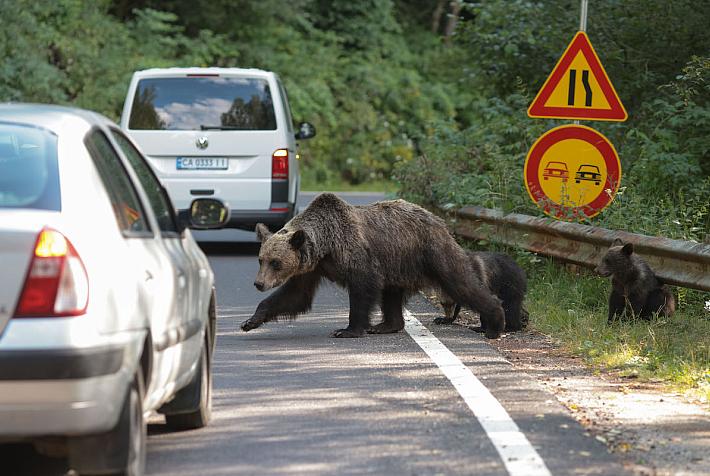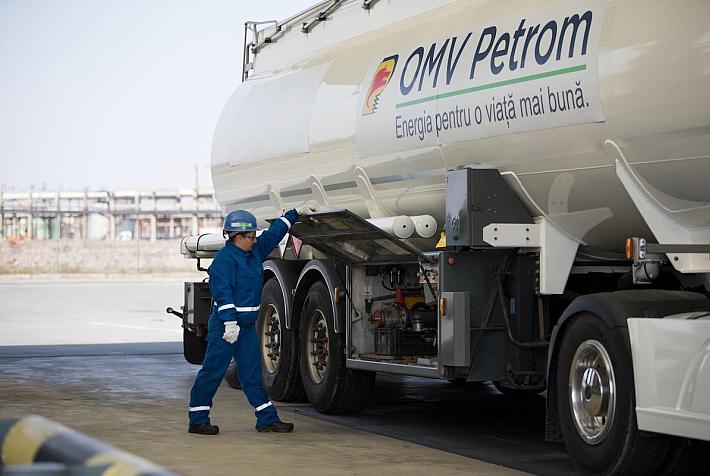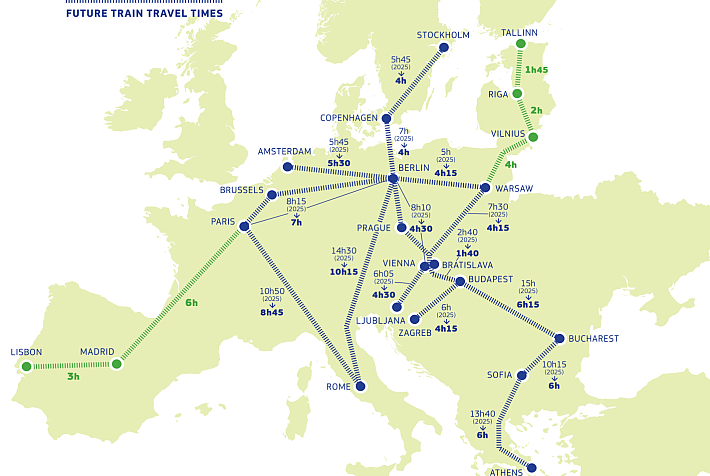Romania’s resident population keeps decreasing while demographic aging deepens

Romania had a resident population of 19.76 million inhabitants at January 1, 2016, according to a statement from the National Statistics Institute (INS). The number is 110,700 lower than the one reported at the beginning of 2015.
The primary cause of this decline was the negative natural increase (number of births minus number of deaths) of minus 75,655 people.
At January 1, 2016, 10.63 million people were living in urban areas, the number representing more than half of the country’s total resident population. However, the figure is 0.6% lower than the one reported on January 1, 2015.
There are also more women in Romania, INS data shows. The female population totaled 10.10 million at January 1, down 0.6% year-on-year.
Meanwhile, the demographic aging also deepened in Romania last year. The gap between the old population aged over 65 and the young residents aged 0-14 increased to almost 400,000 people (3.436 million compared to 3.059 million).
The share of Romanians aged under 14 in the total population remained constant in 2015 and 2016 (15.5%), but the percentage of Romanians over 65 years old increased from 17% in 2015 to 17.4% at January 1, 2016. The demographic aging index thus rose from 109.6 to 112.3 senior citizens per 100 young people during this period.
Moreover, the INS data shows that Romania continues to be an emigration country. Last year, the net international migration was negative, as the number of emigrants surpassed the number of immigrants by some 58,000 people. Last year, unlike in 2014, the share of men who emigrated was higher than the share of women (50.9%). The situation was similar in the immigrants’ case – 53.6% of them were men.
Romania’s population is expected to drop by 7 million people by 2060, to some 13 million. In the optimistic scenario, the population will decline to 14.5 million inhabitants, according to data INS presented in July this year.
Romania was among the European countries with the steepest population decline last year, according to EU’s statistical office Eurostat. Some 510.1 million people were living in the European Union at the beginning of the year, up from 508.3 million on January 1, 2015. Romania was the seventh country in the EU by the size of its population, with 19.76 million people on January 1, 2016, down from 19.87 million in the same month in 2015. The county lost 5.6 people for each 1,000 citizens it had at the beginning of 2015.
Romania’s demographics: How many babies were born in the country in 2015?
Irina Popescu, irina.popescu@romania-insider.com











